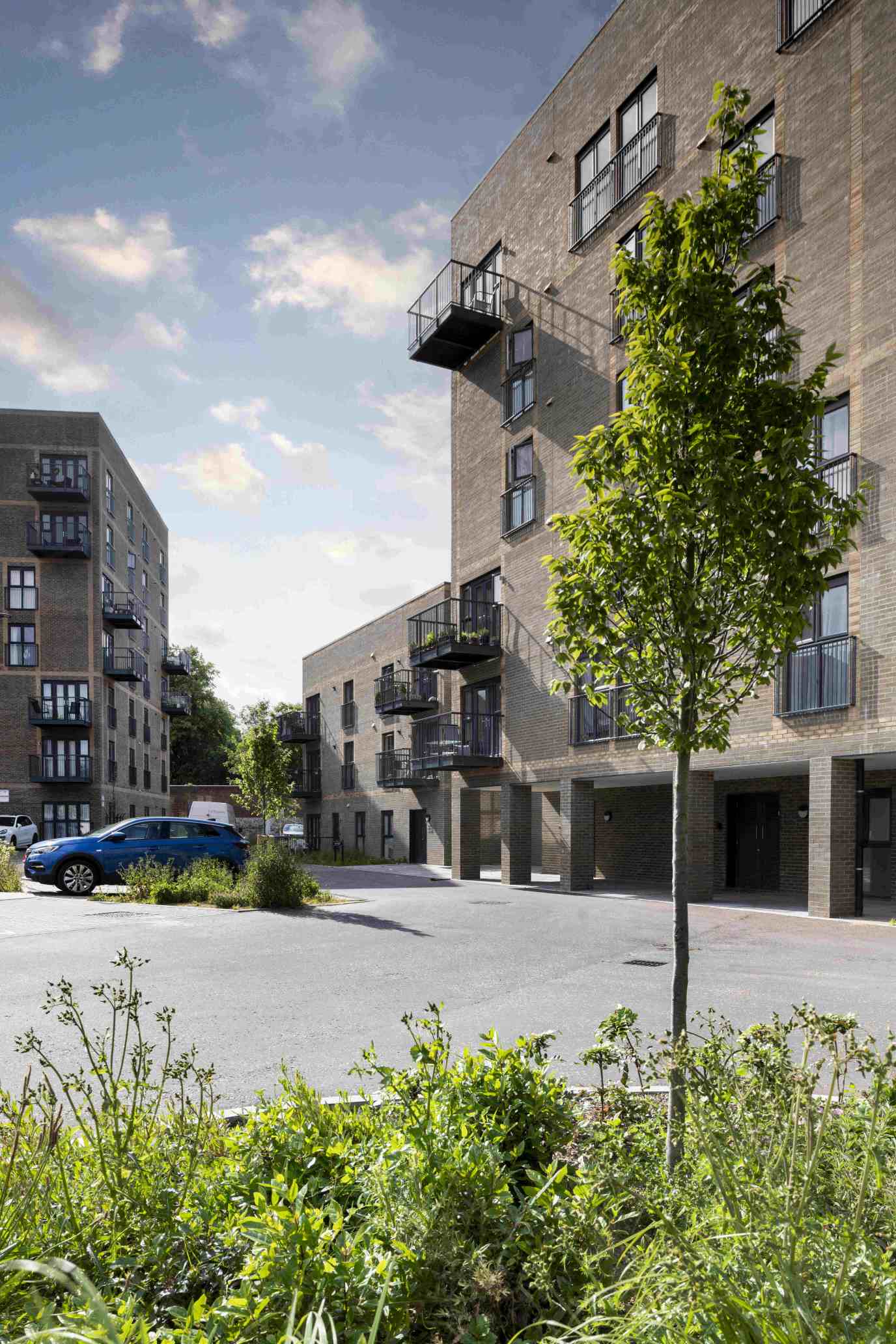It’s time for affordable housing to take centre stage and help to address the rising cost of living
People need three key things to flourish in life – their health, an education and security. If you miss one of these elements the others become unstable too. When we think about security, many people take housing for granted, but it’s the ultimate foundation that people need before they can realise their other ambitions.
Whether it’s homeownership, renting in the private sector, or social housing, each model of housing has a key role to play in providing a market that meets different people’s needs. But with the cost-of-living crisis mounting, the challenges facing those with the most financial hardship are more pronounced than ever. It means that genuinely affordable housing is more important to our communities and societies than ever before.
For many who are on universal credit, the challenge of how to stretch their cash is getting harder, and the reality of ‘food or fuel’ sacrifices are all too real.
The housing sector needs to be doing its very best to provide people with access to a range of homes and tenures to give everyone the ability to rent or buy. Waiting lists are growing and the current dynamics of the social housing market mean that these are unlikely to shrink without some proactive intervention by the industry and Government.
There are real barriers to developing social rent provision
In March, the Chartered Institute of Housing (CIH) announced an upcoming report has found that Right to Buy, the scheme where social rented customers can purchase their rented home, has led to a decline in the social rent sector and a growth of the private rented sector in the UK. It found that around 40 per cent of homes that were sold through Right to Buy are now rented out privately. Whilst the policy has allowed many people to become homeowners for the first time and provided them with tangible and material benefits, with one-to-one replacement difficult in many areas, Right to Buy is increasing the wait times for secure housing for those already struggling the most and is reducing the supply of new homes.
Numerous other factors are putting additional pressure on housing association delivery like never before including fire safety work and sustainability.
Housing associations are needing to invest heavily to achieve the necessary EPC ratings needed to achieve better green credentials and ultimately provide efficient, insulated homes. Ensuring homes are energy efficient may increase up-front construction and retrofitting costs but the reduced costs this will bring for society with lower energy bills for example, are part of what we seek to achieve.
Long-term, financing a net-zero portfolio of homes will be extremely difficult for many in the industry. It’s estimated the cost of decarbonising the social housing sector will cost landlords £104bn. At VIVID we’re already investing over £700 million in energy-efficiency related projects across our homes. We’re in the position where we’re able to finance this ourselves, but many in the sector will now be focused on how to secure investment for retrofit projects.
For housing associations that aren’t in our position, the quickest way to reduce risk is to pare back their development activity. It’s not surprising therefore that there’s been a 12 per cent decrease in the number of affordable homes that were built in 2021/22. Some are also increasingly looking at shared ownership and affordable rent as opposed to social rented homes. At VIVID, we built 1,010 homes last year with 226 of these as social rent as we recognise the need to build the right homes in the right locations with the right tenures.
The industry’s role in providing community stability, not just housing
Let’s be clear, the people who are most impacted by the cost of living crisis, are also most reliant on housing associations – who have a huge role in promoting financial and social wellbeing.
As well as economic inequalities, affordable housing helps address social inequality too. Housing associations have a unique opportunity to provide additional support to the most challenged people in our communities – whether that’s through education, job training or providing shelter and safety in the community.
It's not just that a slower rate of housebuilding by the affordable housing sector leads to fewer homes, it actually creates greater gaps in society between those that have and those that don’t.
A host of challenges are putting pressure on housing associations. When you layer on a shrinking appetite to develop alongside a policy like Right to Buy which often means a reduction in social rented homes in an area, it’s clear that the industry needs to work harder. Part of this will be being bolder in pushing Government for support and demonstrating just how far this cost of living crisis will hit the poorest in society. If policy-makers’ aims are to level up regions across the UK, helping those in most need surely has to come first.
Let’s be clear, the people who are most impacted by the cost of living crisis, are also most reliant on housing associations – who have a huge role in promoting financial and social wellbeing.


